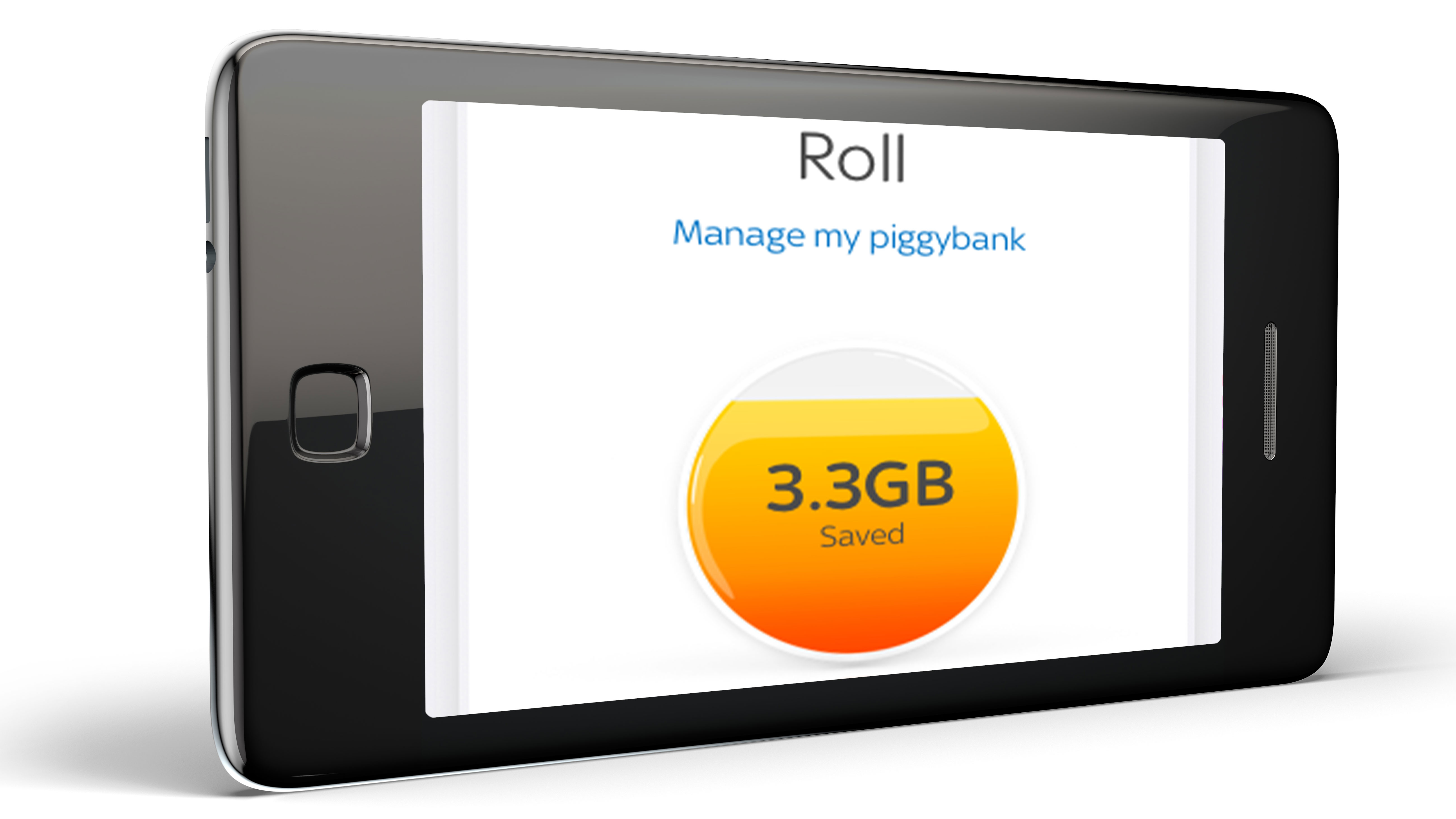Finnish-based Jolla failed to proliferate its consumer-side products with the help of its fans, but it still believes that its Sailfish OS serves as an important business-focused alternative to this world of AndroiOS. It might prove important to Russia’s mobile software environment in the next decade.
Regulators controlling the Unified Register of Russian Software for Computer and Databases have certified Sailfish as the only mobile OS to be used for official and corporate purposes. The government has been looking to alternatives to the US-made Android and iOS platforms which currently make up 95 percent of the software pie in the subcontinent. It hopes to draw that proportion down to 50 percent by 2025.
Samsung-backed Tizen OS was also considered for approval as an official mobile OS.
Sailfish was licensed out to a Russian startup called Open Mobile Platform earlier this year. The software is being customized for commercial products in development. OMP is a shareholder in Jolla.
The startup’s CEO, Pavel Eyges, said in a statement to TechCrunch:
We believe that open source based and independent Sailfish OS is the mobile OS platform of the future. It has great potential in Russia and elsewhere. Sailfish OS RUS is based on principles of participation and partnership, and we are actively recruiting partners and developer community members to take the initiative to new heights in Russia.
Jolla controls the core code, some portions of which are open source — Android apps can be made to work on Sailfish. It is also working with governments in Baltic region countries as well as in China and South Africa on potential integration. Customization and further layering will mostly be left to the clients to develop.
The post Jolla’s Sailfish OS certified by Russian government, looks for wide distribution appeared first on Pocketnow.

